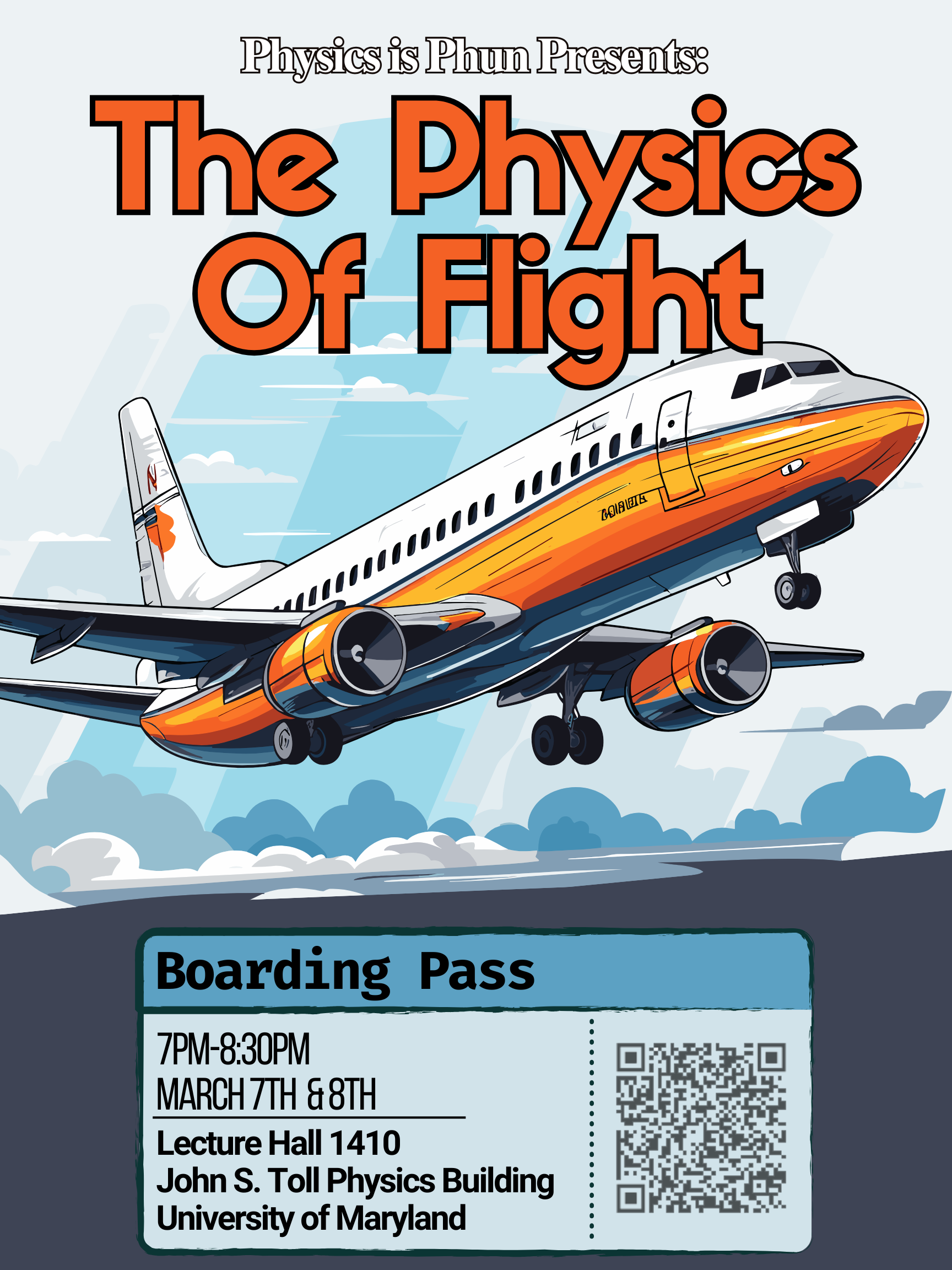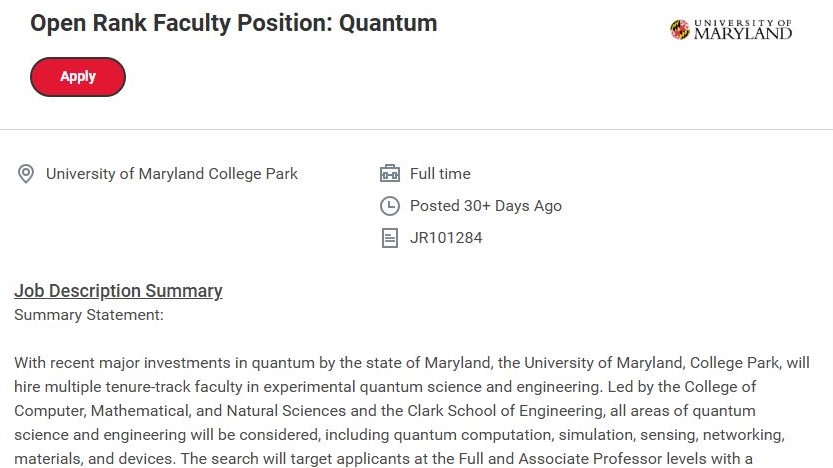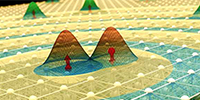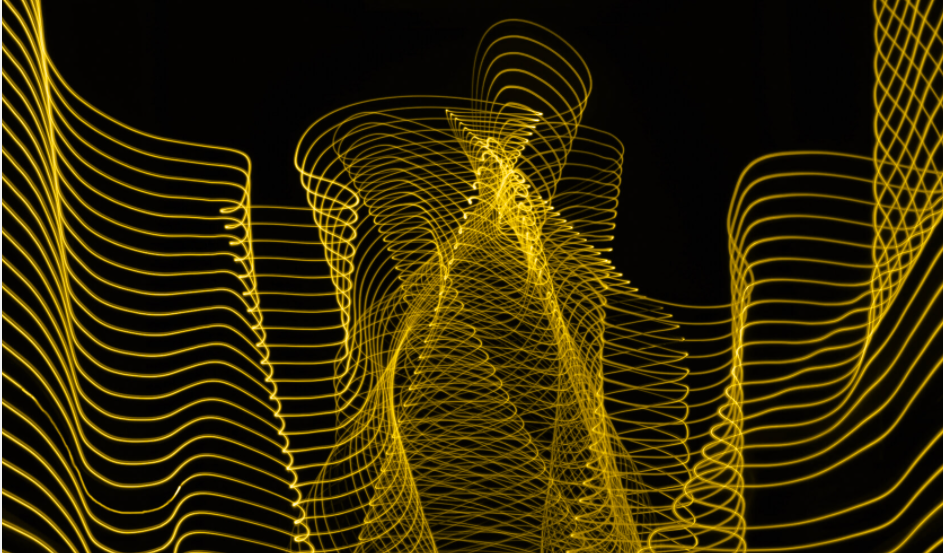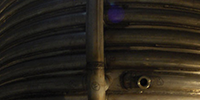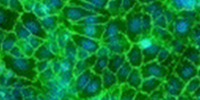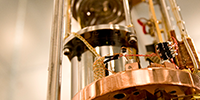September 13, 2011
The direct detection of gravitational waves has been anticipated for decades. A remarkable prediction of general relativity, these traveling perturbations of spacetime are believed to carry the gravitational echoes of extreme astrophysical events such as the births and mergers of neutron stars and black holes. However, the vanishingly small amplitudes of the waves when they reach Earth makes them incredibly challenging to detect. Nevertheless, highly sophisticated detectors based on laser interferometry--principally the LIGO project in the U.S.--have been built and operated over the past decade and are believed to be on the verge of detecting these elusive signals. I will describe some of the data analysis results obtained so far which are starting to constrain astrophysical models. Detector upgrades currently in progress are expected to yield the first detections later this decade, opening up a new window on astronomy and astrophysics and enabling new tests of the fundamental nature of gravity.
-------------------------------------------------------------------------------------------------------------------------------------------------------------------------------------------------
Colloquia are held Tuesdays in Room 1410 at 4:00 pm (preceded by light refreshments at 3:30). If you have additional questions, please call 301-405-5946.







